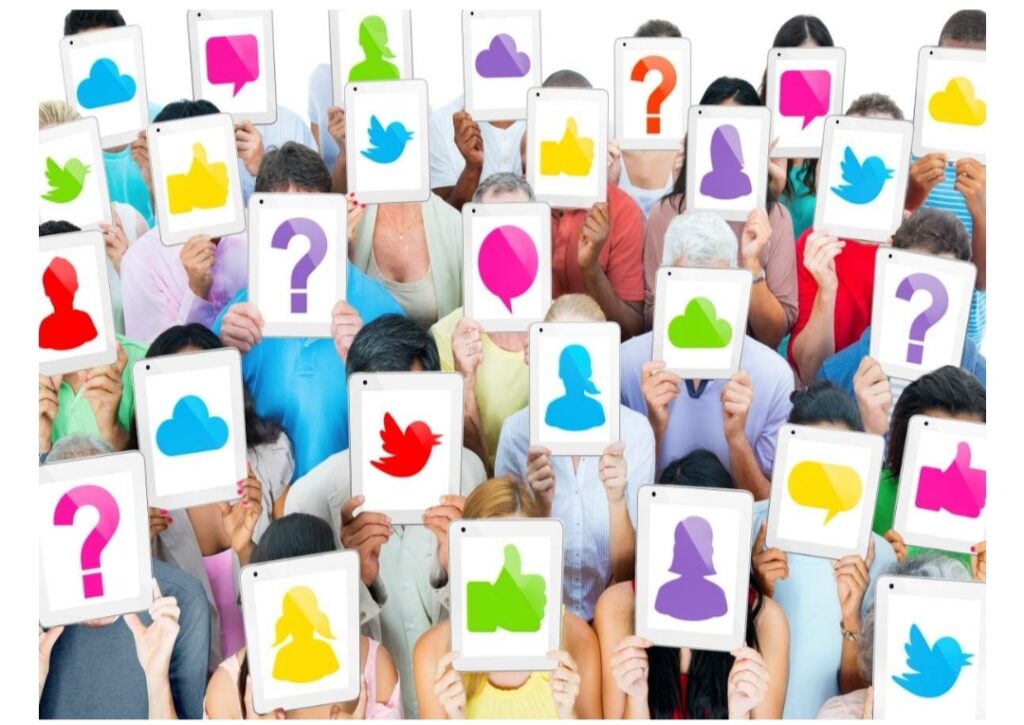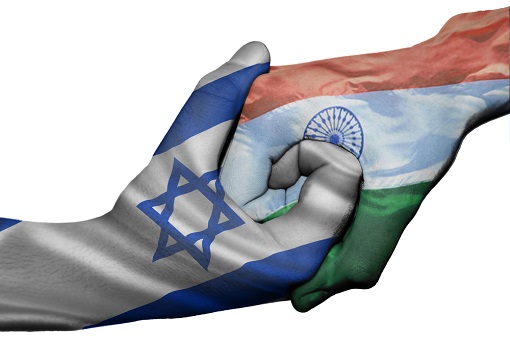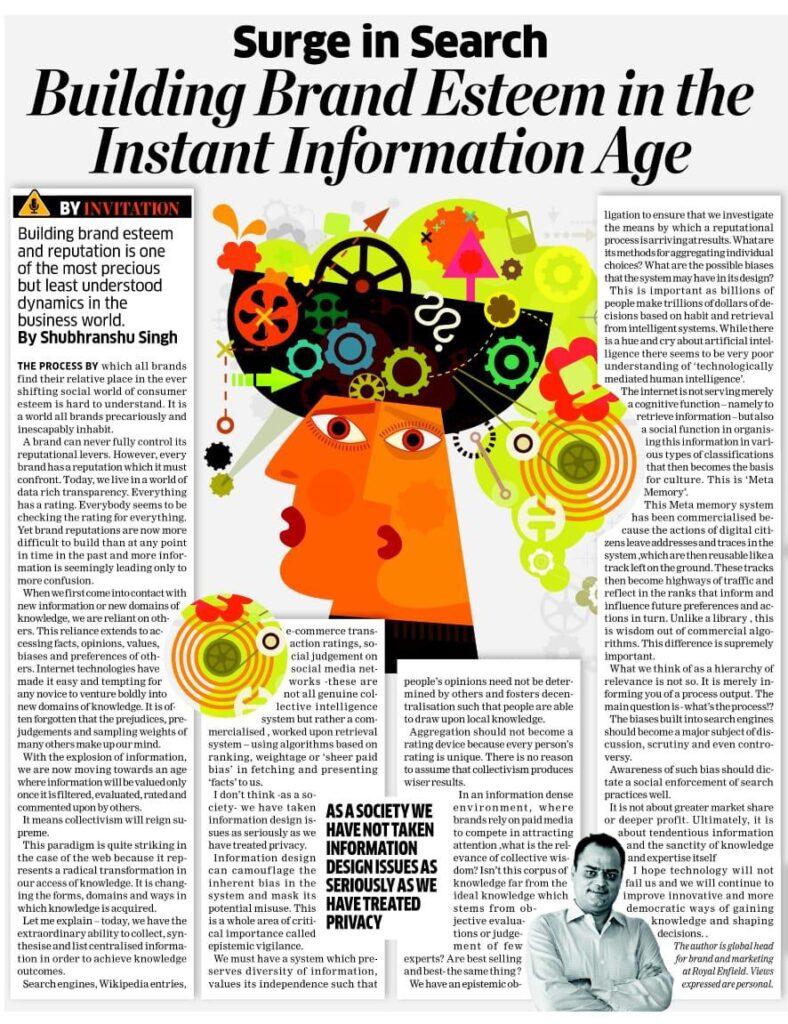Don’t fall prey to the hype around social media
The theory of social media marketing differs from its practice. Vested interests puff up myths and fallacies about it. The dogma is that social media is disruptive, democratic, autonomous and open access. The commercial reality is strikingly different. The ‘proven’ approaches are all offered on a rate card. They are designed and evolved for paying advertisers. Brands pay platforms to get results. Social media platforms work like traditional media channels. The difference is that they possess massively superior information about their followers, which they exploit. Why are they of value to brands? To reach large audiences with paid media promotions. Interaction is possible but the vast majority of people on social media do not comment, share or actively engage with brands.This reality is concealed, snubbed or ignored. Social media is very much subject to traditional approaches. The hype about a new era of conversational, opt in marketing which celebrates success through virality is just that – ‘hype’ ! If you take an empirically substantiated view, you will see that successful brands do not run after engagement. They have the means to guarantee scale and impact through paid plans. Being powered by ‘audience love’ is not key to their strategic plans. Big brands are not reliant on award winning content beating the algorithm. In fact, big brands rely on the algorithm thanks to their cheque books, not creativity! The utopia built around engagement, conversation and real-time virality is a relic. When did you last hear Facebook talk about fans, organic conversations or engagement on their platform? It is all about paid reach. It has been so for years. Social media has become just another marketing channel and most consumers do not want many or daily conversations with brands. Engagement – Vanity made sacred Since -by definition- social media is about community, everyone focused on engagement. Increasing the total of the number of clicks that one could attract became the game. At an aggregated level, higher engagement numbers do not necessarily mean better business results or stronger brands. Social media campaigns for big brands reach hundreds of millions of people, but only few thousands ever engage with them. There are performance outliers like Nike, Zara, Red Bull, Go Pro, Royal Enfield and a handful of others. But they are not the norm. Like conventional media, social media influences consumer decision-making without having a large number of engagement interactions. Yet, despite this clear picture, it is still commonplace for marketers to focus on engagement as the key performance indicator of their social media campaigns. The whole mind set is that content should get reactions rather than effectively communicating. This makes little business sense. Engaged audiences are already the core audiences. Media planning basics suggest that you should try to maximise reach. Sale pricing for engaged audiences is at a premium. Still, brands compete to get in front of the same people. Community size and following – A lever or a consequence ? It is always nice to know that there is a fan following or a core audience that is passionate or obsessive about your brand. The reality is that most people live very distracted and busy lives and it is rare for them to have attention or interest in a brand on an ongoing or a daily basis. The causal connection between fan population and business growth is not validated. Priority to the existing community implies an inability to reach potentially new customers. Social media – It is not for free. Theoretically, social media marketing is free. Anyone can set up a profile, a channel, a page and then post content which many people can potentially see. Billions of accounts have been set up and so, predictably, one gets lost in the cacophony. Hence, for serious business, reach is achieved through paid means. But the halo is still seen around engagement. So there you have it. No matter what the reality is and all the evidence proving it, the myth of the transformative effect of social media abides. I call upon marketers to use social media without delusions. This is my counsel – Firstly, do not get too caught up in the tactics of what is currently working in social media. Trends are less important than we think. Clear insights, investment linked to business objectives and a solid view of what the brand stands for are way more important than any flimflam. Secondly, pick your channels based on brand need. There is no point in duplicating your reach. Once you get reach, watch the reaction.Find a linkage to sales. Do not be silly to revel in the ‘call to no action’. Brand building is business. Stop creating content you can’t afford to promote. Lastly, great social marketing isn’t about instant interactive experiences. It is about rich, relevant storytelling reaching many people. The more the people, the better the outcome. https://brandequity.economictimes.indiatimes.com/news/marketing/dear-marketers-dont-fall-prey-to-the-hype-around-social-media/75559459







